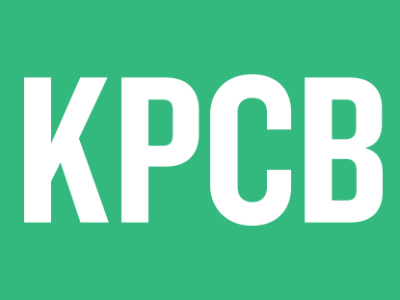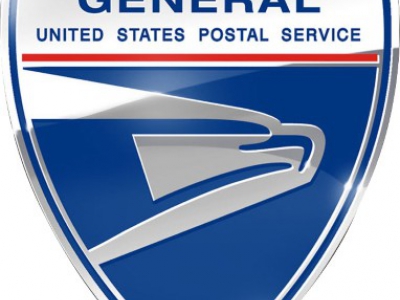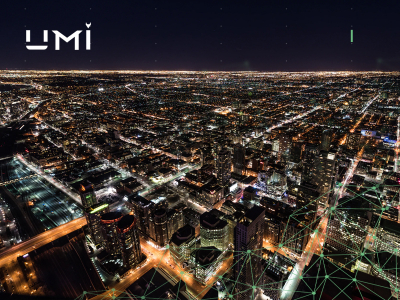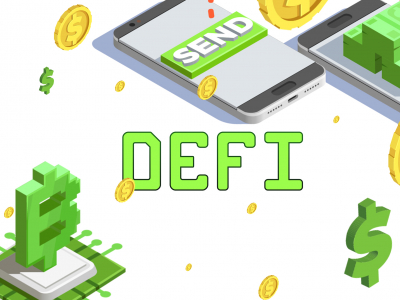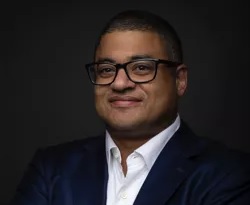Blockchain has been increasingly adopted in the financial and banking industries. Many experts consider blockchain to be the greatest invention of the century, which has a potential to transform all the spheres of life.
But what does make distributed ledger so exceptionally innovative and promising? The BBC provides the following definition of blockchain: “a system that’s secure without a higher authority, distributed across many strangers’ computers, yet tamper-proof, and promises a mechanism for trust mediated directly between individuals.” The condition that makes blockchain so reliable is that the code generated during a transaction is unique and alteration of any aspect of stored data will cause the encryption key to no longer match what has been entered into the blockchain. Another important thing that explains why blockchain is a promising technology for the whole sphere of public interaction is that it provides opportunity to manage without a middleman: transactions are automated and recourse to third parties is not needed.
Those preconditions open the way for a large blockchain use in public life. A certain number of innovative companies are already using the technology behind the bitcoin in industries other than banking and finance. CoinFox has prepared a list of spheres where the distributed ledger technology is already used.
Legal
Taking into account the peculiarities of the blockchain use (the impossibility to change once stored information), the technology provides irrefutable proof of data existence and its authenticity. That is why the first sphere to arm itself with the potential of distributed ledger was legal services. Blockchain notarisation services are becoming more and more accessible – different kinds of notary services are already available on blockchain. Typical uses of blockchain in notary services include authentication and verification of records and documents. Given that usually notaries receive a lot of documents to certify and have to do a lot of due diligence, blockchain certainly simplifies lawyers’ tasks.
Among the companies providing notary services through blockchain BitProof and Stampery could be mentioned. Interestingly, in October 2015 Bitproof partnered with San Francisco's Holberton School in order to put their student academic certificates on blockchain, thus reinventing the procedure of handling and storing diplomas.
In November 2015 a couple registered its marriage via the Ethereum distributed ledger. Moreover, same month an Argentinian political activist generated the world’s first blockchain birth certificate for his newly-born daughter. The certificate is not a replacement for the formal document but mere a video record shared on blockchain; still the whole initiative proves that the use of blockchain is spreading far beyond the world of payments and finance.
To follow the line, Bitnation, another public notary blockchain service, has entered into partnership with the Estonian government to enable Estonian e-residents to notarise their marriages, births, business contracts and much more on blockchain.
There are way more other document timestamping apps, some of them providing services for free, such as Blocksign and OriginStamp.
Art and media
Blockchain mechanism also implies that the technology could serve to enhance intellectual property protection. One of the projects to develop this idea is Ascribe, a service that allows artists to prove their artwork ownership, as well as to transfer digital intellectual property, already protected, by email.
The smartphone application UProov offers mobile proof on blockchain for photos, videos & audio recordings, serving as a notary for digital content that is authenticated through timestamping and geolocation verification in real time. Apart from enabling authentication of owners’ rights for digital content, UProov seems to be useful for everyday situations, to prove anything that happens around.
Retail
Blockchain has also the potential to simplify and strengthen supply chains since every step on the product’s way to the consumer can be recorded, and thus the quality of goods can be guaranteed.
One of those companies, Provenance, aims to record all the moves of a product in the global retail supply chain and allows consumers to track its progress in real time. Thus, food origin can be checked and verified by scanning a QR code, as the system stores all timestamped data concerning who certified the product, who packed it, etc.
Another service, Wave, addresses global supply chain related challenges from the side of documents import (Bills of Lading). The service connects all the participants of the chain by means of one decentralised ledger where they can directly exchange documents, thus simplifying the shipping process.
Everledger allows to track, with the help of blockchain, all stages of diamonds production and distribution, from the mine to consumer delivery. At the same time, the company serves as a diamonds insurer and fraud preventer.
Medicine
Medical use remains the least developed of blockchain applications as of yet. However, the potential of the technology is already recognised by Genecoin, a service that allows a person to back up his DNA by putting a copy of his genome to the distributed ledger and, thus, to keep DNA information accessible.
Real Estate
Although no particular services based on blockchain are yet created to modernise this domain, some initiatives seem to have the potential to change the game in the industry. IBREA, the International Bitcoin Real Estate Association, plans to use the distributed ledger technology to address the issues of title process, land registries, and even escrow.
Yulia Seslavinskaya

